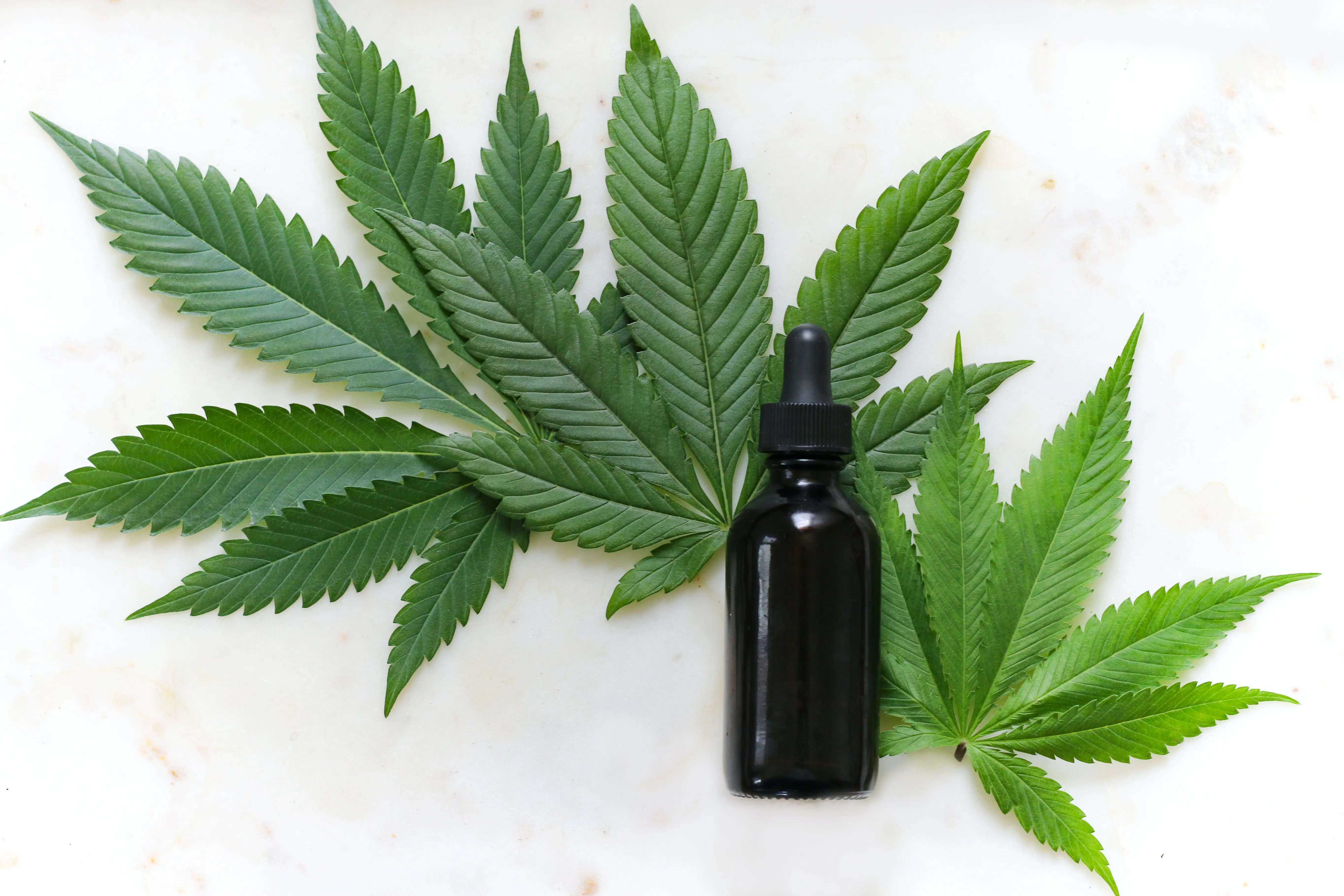

By Melissa Moore
There are over 400 compounds in the Cannabis Sativa plant. The two most prominent compounds are tetrahydrocannabinol (THC) and cannabidiol (CBD). When purchasing medical cannabis products, you will notice that they have an assigned THC to CBD ratio. A variety of ratios are available including but not limited to 1:1, 20:1, and 1:20.* These numbers tell you how much THC is in the product relative to the amount of CBD.
In New York, products are labeled as THC:CBD, but other states label the product with CBD presented first; CBD:THC. Ask your dispensary’s representative if you are unsure which number the ratio is referring to.
When deciphering what the ratio means you can think of your product as a pie. A product with a 20:1 ratio can be thought of as a pie with 20 slices; 19 slices of THC and one slice of CBD. A product with a 1:1 ratio can be thought of as a pie with 10 slices of THC and 10 CBD.
It is important to note, that the ratio doesn’t provide information about the strength or dose of a product because the ratio lists parts of THC and CBD relative to one another.
Higher THC ratios such as 100:1, 50:1, and 20:1 tend to work best for treating severe pain, particularly pain that comes from the spinal cord. Higher THC ratios are often selected to treat nausea and stimulate the appetite. High THC ratios can also help with sleep, but this effect is highly dose-dependent and the optimum dose of THC can vary considerably between individuals.
Approximately 2-15 mg of THC is an average medical dose but it is not unheard of for medical doses to exceed 15 mg.
A 1:1, or balanced ratio, is often used as a daytime formula because it is less likely to cause impairment for those who are sensitive to THC. CBD adds anti-inflammatory effects with patients reporting good relief from muscle spasms and arthritis. Patients suffering migraines also tend to favor this ratio.
Higher CBD ratios such as 1:15, 1:20, and 0:1 work well for individuals sensitive to side effects from THC. CBD can elicit many of the same effects as THC at a lesser efficacy but can also stimulate unique effects. Patients favor CBD when dealing with anxiety, inflammation, autoimmune diseases, neurological disorders, and depression.
THC and CBD produce a synergistic effect, meaning the effect from both compounds is greater than the sum of its parts. Experts do not fully understand how cannabinoids influence each other, but it’s believed that CBD dampens the effects of THC.** Some research shows that it may take high amounts of CBD above 50 mg to trigger this effect and a small amount may create an entourage effect that enhances the THC effect.
Medical Marijuana can also exhibit a ‘biphasic effect’ this can also be called an inverted-U dose-response curve. This means that while a certain dose may produce the desired effect, the same may not be true for a lower or higher dose.
Start at a low dose and increase slowly only if no side effects occur. Keep dose amounts conservative to avoid tolerance and biphasic effects. Due to restrictions on cannabis research, there is little guidance on treatment. Unfortunately, this means we must rely on some degree of trial and error to find what product and what dose works best.
Editor’s Notes
*It is ultimately up to the dispensary what ratios they want to offer. In NY, all dispensaries are required to offer at least one brand with equal amounts of THC and CBD and one brand with low THC and high CBD content.
**CBD’s ability to mitigate the psychoactive effects of THC is often aggressively marketed by dispensaries in order to increase the sale of CBD products, but this fact is not heavily agreed upon in the scientific community.

